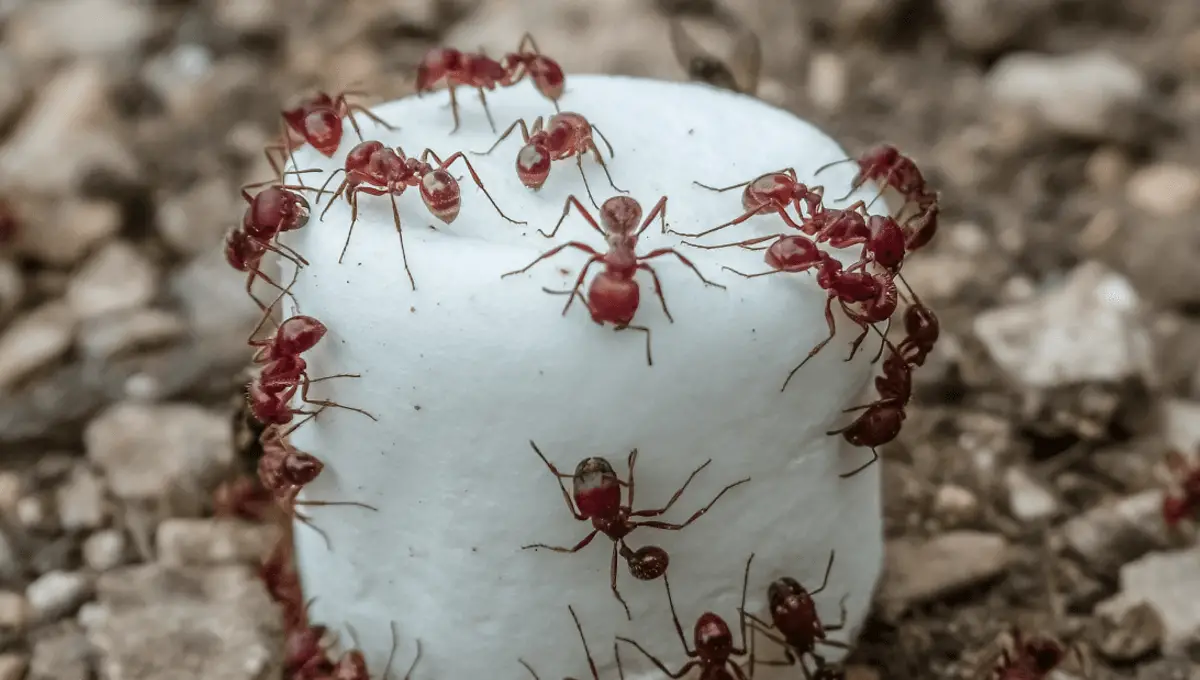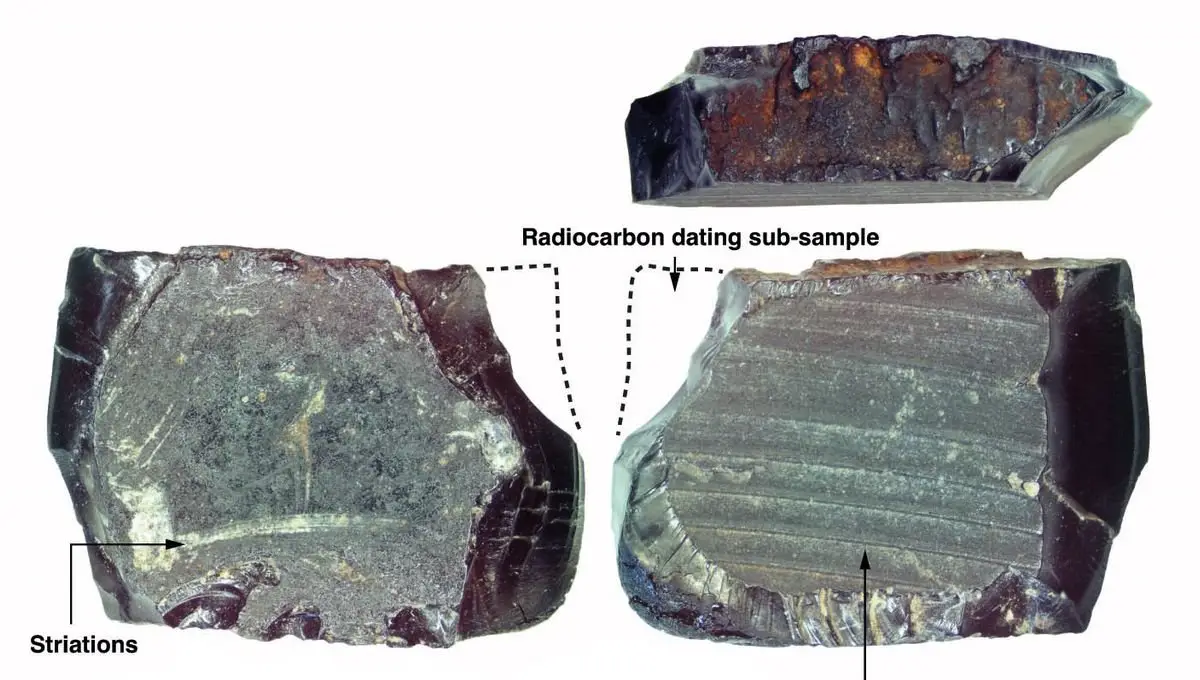When it comes to venom’s toxicity, scientists work out quite how powerful it is by predicting the median lethal dose, or LD50. According to the University of Florida’s Book Of Insect Records, harvester ants take the crown for insect venom toxicity in mice – and hoo boy does it pack a punch.
Harvester ants: the most potent insect venom?
Harvester ants encompass several species, but it was the venom produced by ants of Pogonomyrmex maricopa that had an LD50 value of 0.12 milligrams/kilograms when injected intravenously. That means it would take just 12 stings from these ants to kill a 2-kilogram (4.4-pound) rat – one about the size of the bodacious alpine woolly rat. Theoretically, that means it would take around 500 stings from harvester ants to kill a human, according to a display at the Oxford University Museum of Natural History.
Harvester ants conform to the colony way of life sharing digs in their thousands, and typically harvest seeds. However, they have been known to scavenge small insects and can sting larger vertebrate animals when threatened, with a single ant being able to sting multiple times, and often multiple ants stinging a single target.
Harvester ants: are they dangerous?
As a defensive strategy that requires such a stronghold of ants, death by Pogonomyrmex isn’t something you need to worry about. However, you probably want to avoid falling on and thrashing around in their nests – for example – and avoiding these should be easy enough given harvester ants don’t do colonies by halves.

Despite their small size, harvester ants can have a big influence on the environment.
Image credit: Christopher Seno / Shutterstock.com
When harvester ants form colonies, they clear vegetation creating “nest disks” that can reach over 10 meters (33 feet) in diameter. They can account for between 1 to 15 percent of land area in suitable habitats, earning them a reputation as a pest in agriculture that’s arguably unfair given the beneficial impact they can have on the environment.
Harvest ants: eco-warriors
In a 2021 issue of Annals of the Entomological Society of America, it was argued that it was high time we ditch the “pest” label for harvester ants in favor of seeing them as keystone species. This was because of the remarkable influence they have on the ecosystem by moving seeds around and creating what the authors coined “islands of fertility”.
As they put it, the enormity of harvester ant nests can best be appreciated from an aerial perspective, and they noticed a curious phenomenon at the edge of these nest disks following a forest fire. It seemed that nest rims often hosted the first plants to grow back, dictating what would go on to establish on the rest of the scorched landscape.
Harvester ants: friend or foe?
So, given that an accidental nip from the odd harvester ant should at worse afford you a few hours of pain, versus the enduring influence they can have on our wild spaces following extreme weather events that are becoming more frequent under the ongoing climate crisis, we say that lands these ants firmly in the friend column.
Toxic venom be damned.




